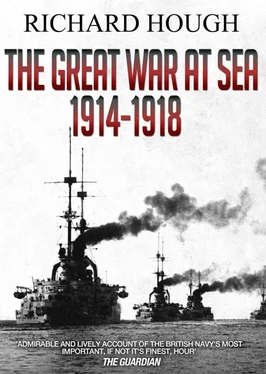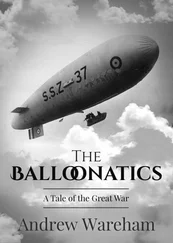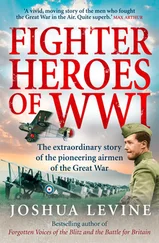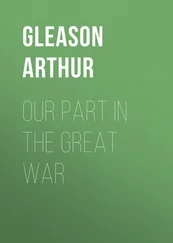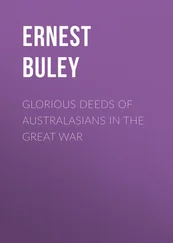* * *
So come with me for a moment down E14’s forward hatch, which is a little wider to let in the torpedoes, and we will have a look around. Here we are in the forward compartment with the torpedo tubes and the torpedoes, looking like vast shiny pipelines along the sides of the submarine. There is a strong smell of oil and that rank odour of paint, polish, sweat and diesel that submarines reek of, and perhaps a whiff of cocoa, because here also is the electric cooking stove the officer’s use, plus a hotplate and the toilet.
E class submarines are the first to be fitted with a lavatory, rather than the oil-filled buckets which submariners had been expected to use before. The buckets are still there, because the toilet can hardly be used if we are submerged and trying to remain unseen, but it is available the rest of the time. The trouble is that it is extremely unreliable. If the compressed air is applied at the wrong moment then, instead of blowing the contents into the sea, it blows them back in your face. At least one commanding officer insists on squatting on the rail on deck every morning instead. It is hardly surprising that constipation is, along with alcoholism, a widespread submarine complaint. One E class commander insists that his crew takes laxatives every 48 hours in every circumstance.
There is also very little water for washing, almost no submariners clean their teeth on patrol and there is certainly no spare water for washing clothes, though the crew are issued with special soap that lathers in seawater. Most of the crew wear white jerseys which become increasingly greasy and grimy as the patrol continues. Despite the lack of water, the submarine is awash with condensation dripping down the bulkheads and instruments, on any long dive. Much of the time, “cold damp mists of condensation” hang in the air.
Now through the watertight door and into the control room, with its spaghetti of pipes, wheels, levers and tubes. Here is the equipment recognisable from any submarine film, but smaller – most of our submarine film memories are about the Second World War and we are a generation before. Here is the steering gear, the hydroplane gears which steer the boat up and down the water, the two periscopes with their moulded eye-pieces, and the valves for filling and emptying the ballast tanks. Here is the main electrical switchboard, the gyroscopic compass which is designed to be immune from the submarine’s electro-magnetism, and the log and a safe for all the code books and charts. The steel ladder is here that leads up into the conning tower, which is itself only eight feet above sea level – and will drench the officer of the watch in a medium North Sea swell. An alarm sounds if the gyro-compass goes off course – a nightmare particularly for the navigating officer whose job it is to wake up and tackle the problem.
On either side, at the front of the control room, behind a discrete green curtain, are the bunks for the captain and first lieutenant, above the chart drawers and food locker (cabbage is banned by the navy because of the smell), a tiny washbasin and a chest with pistols and revolvers, some rifles and a machine gun. The dining table pulls out from under the starboard bunk and below that, there is a drawer which also pulls out as a spare bunk for the navigating officer. Anyone who has to go into the forward compartment while he sleeps has to step over him.
Go the other way now, go aft, stepping over the electric heater and folding armchairs the officers use, and the comfy chair reserved for the commanding officer – through the next watertight doors – and you can see the crew’s mess tables and stove, the beam torpedo tubes and spare torpedoes. Just behind them is the wireless room and the mess tables for the crew.
Then another watertight door and into the engine room, first the diesel engines to drive the boat on the surface, and there is a passage between the two engines, where the most junior members of the crew sleep, wrapped in coats on the steel floor. Only the officers have bunks, and a third of the crew are on duty at any one time. Right at the end, we find the stern torpedo tube, the crew toilet and the crew’s washbasin. Beneath our feet are the batteries themselves, our crucial lifeline when we are submerged. They are filled with lethal sulphuric acid, which emit poisonous fumes if the sea water gets in. “If you get covered in strong acid,” says the submarine manual, “it is a good thing to jump overboard and stay there until the doctor is ready.”
‘The Trade’ is a classless vocation, compared to the rest of the navy, a combination of loyal camaraderie and moments of shared terror and continual exhaustion. As many as 60 submarines out of 215 during the First World War are about to be lost, which is nearly a third – by far the biggest attrition rate in the navy – and most of those losses will be for unknown reasons.
Sleep is broken into four-hour periods so that the crew will still be alert if they have to wake in an emergency, which means that exhaustion is endemic on patrol, with the crew craving sleep and even more wretched thanks to the lack of oxygen. Headaches usually follow a long period submerged, because breathing foul air for an extended time period leaves the crew with symptoms like hangovers – but, for some reason, does not affect those who have real hangovers from the night before. There are air purification systems but they are far less effective than their German counterparts – like the periscope design and much else on board. There is no effective air conditioning which leaves those near the engines seriously overheated while the officers of the watch are drenched and frozen on the conning tower, kept sane by endless supplies of cocoa. That means that the smells from the toilet buckets, rotting food and diesel fumes can be overwhelming on long dives.
All that affects the whole crew, as it does on most British submarines. But by far the greatest pressure falls on the commanders – it will be recognised after the war that submarines need an extra officer to share the watches. That is why they succumb to mental and physical exhaustion faster than the other officers. On them lies the responsibility for the lives of everyone aboard and on them rests the greatest strain of all – to stay awake the longest and to suffer the extremes of fear and not show anything at all except calm composure. That is why submarine officers are hit so often by the common complaint of a mixture of fever headaches and “awful lassitude”. It is why so many of them suffer for years afterwards from alcoholism and nervous stomach complaints.
* * *
This is the submarine which went down the slipway at Barrow on 7 July 1914. Two days before, the German Kaiser had received a special envoy from the Austrian Emperor – one week after the assassination of the Austro-Hungarian heir – and promised him full support if they attacked Serbia in retaliation. The Kaiser then left for a cruise off the northern coast. By the time E14 was launched, two days later, the inevitable series of circumstances and mistakes were conspiring to bring about a universal war.
Boyle had set up home with Marjorie in Southsea (16 Helena Road, a large-red-brick Edwardian semi-detached, with an arch over the front door) but had been sent to Harwich at the outbreak of war and was called to sea on war patrol for the first time in D3 in 5 August. The early weeks of the war had been expected to see the fantastic clash between the two biggest battle fleets the world had ever known. In fact, the two fleets were only destined to meet once in the whole war – this was to be a small ship war and Keyes was making the most of the work of his top submariners, venturing ever closer to the German coast and beyond into the Baltic. He knew that the public needed a dramatic description of the submarines if anyone was going to recognise what his commanders were achieving. The result was what the Morning Post called an “astonishing document”, written within weeks of the outbreak of war, describing a submarine in a heavy storm:
Читать дальше
